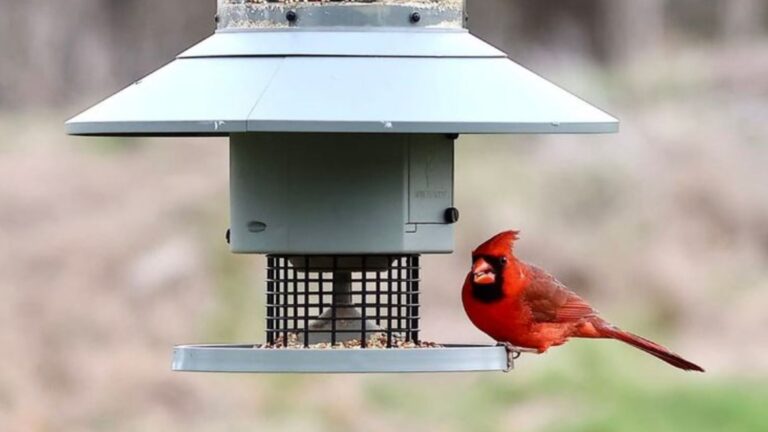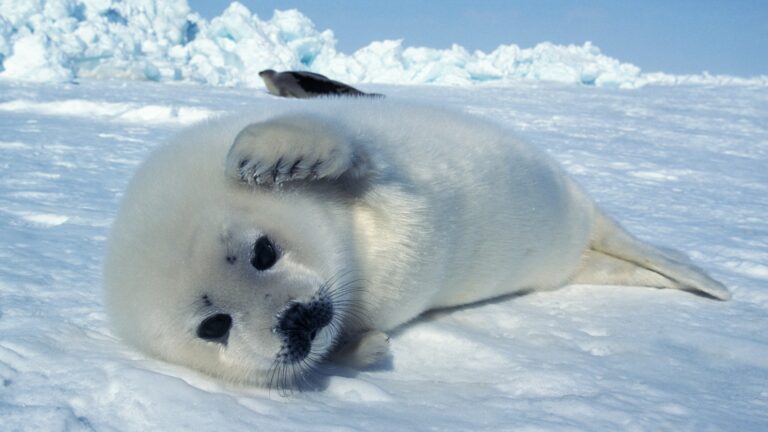21 Essential Bear Survival Skills Every Nature Lover Should Know
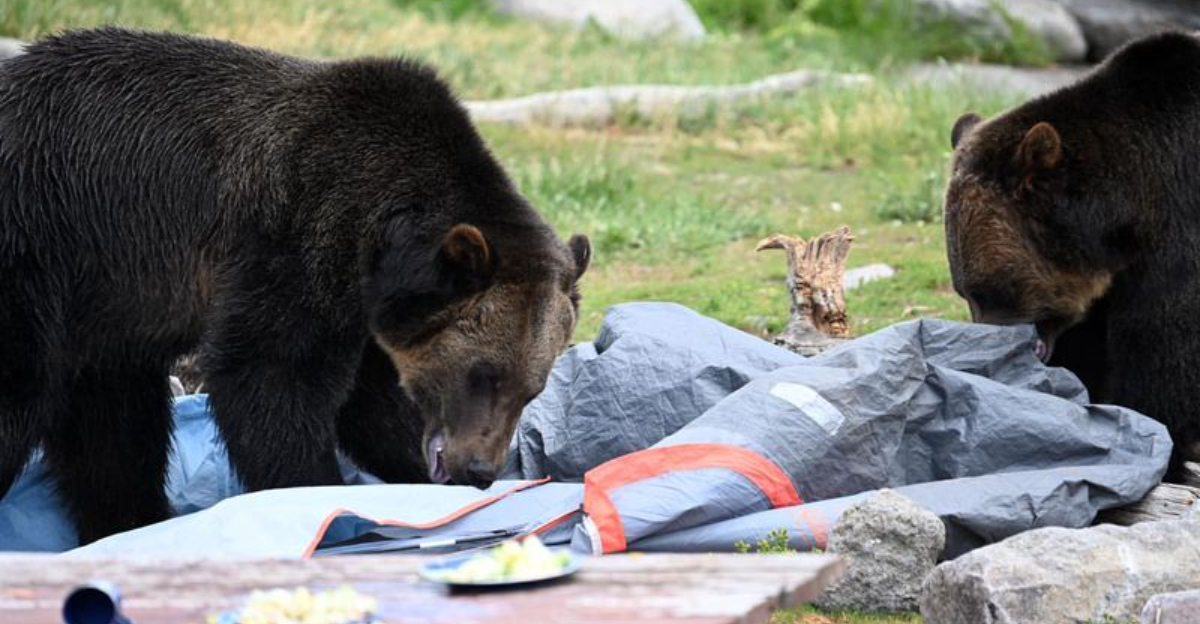
Surviving in the wild requires a unique set of skills, especially when it comes to encounters with bears. These majestic creatures, while awe-inspiring, can pose serious threats if not approached properly.
This guide aims to equip you with the necessary knowledge and practical skills to safely navigate bear territory.
1. Identifying Bear Species
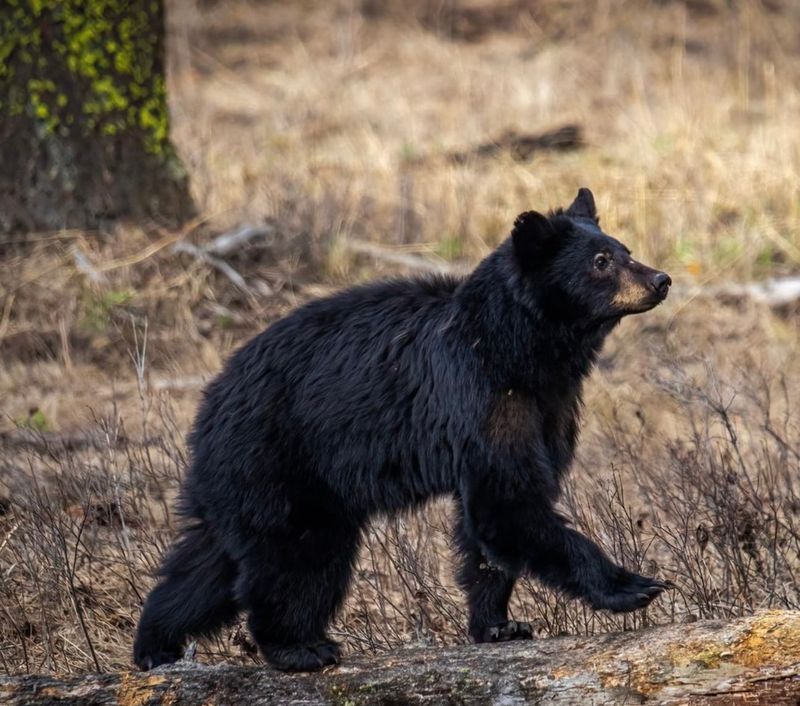
Understanding the different species of bears is crucial for survival in bear country. Grizzly bears, with their distinct humps and brown fur, are often found in open plains and forests. They are larger and more aggressive, so recognizing them from a distance can be vital.
Black bears, though smaller, can be just as dangerous if provoked. These bears have a wider range of colors, from black to brown to cinnamon. Lastly, polar bears, with their distinctive white fur, are native to the Arctic regions.
2. Understanding Bear Behavior
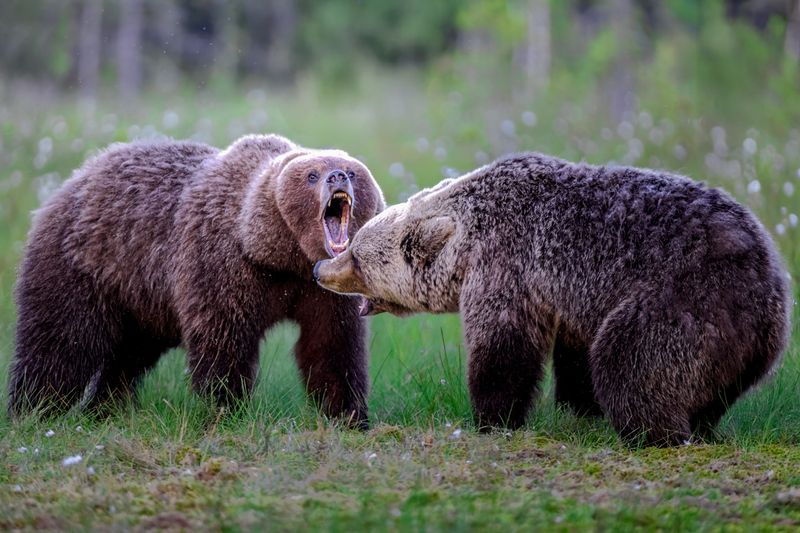
Bear behavior varies by species, season, and environmental conditions, which is essential to understand for anyone venturing into their territory.
During spring and summer, bears are primarily focused on foraging for food, leading them to move frequently and cover large areas. Observing these patterns can help in avoiding unexpected encounters.
In the fall, bears enter a phase known as hyperphagia, where they eat excessively to prepare for hibernation. This period sees increased bear activity, especially near natural food sources like berry bushes or salmon streams.
3. Bear Scent Awareness
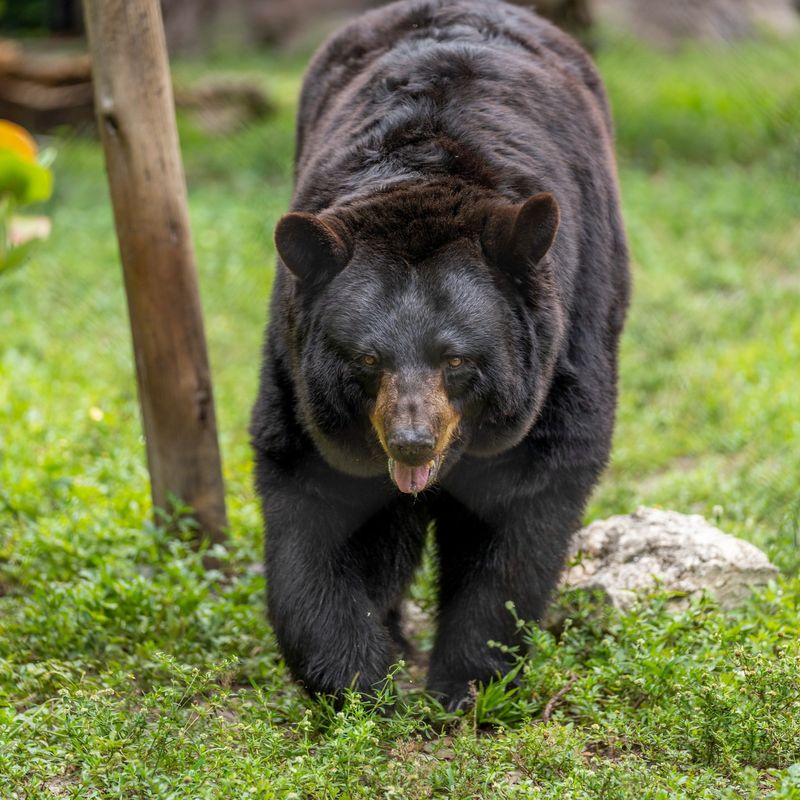
Bears possess an extraordinary sense of smell, said to be one of the keenest in the animal kingdom. They can detect food scents from miles away, which means proper food storage is critical in bear habitats.
When setting up camp, ensure that all food and scented items are stored in bear-proof containers and kept at least 100 meters away from your sleeping area.
4. Using Bear Spray Effectively
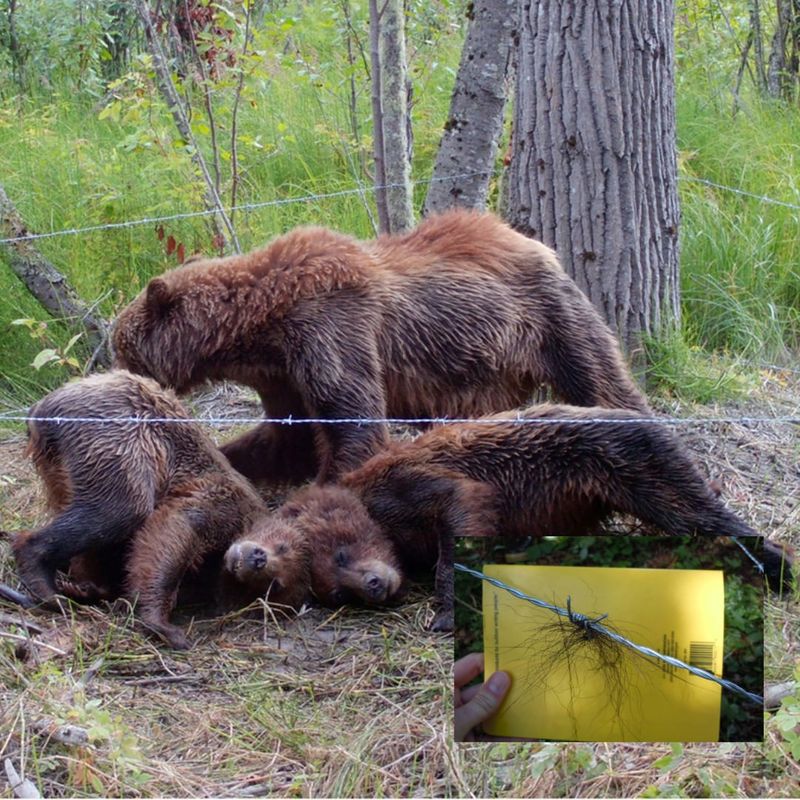
Bear spray is a non-lethal deterrent designed to stop aggressive bears in their tracks. Knowing how to use it effectively is an essential skill for anyone venturing into bear country. The spray should be easily accessible, such as clipped to a belt or backpack, to ensure quick deployment.
When using bear spray, it’s important to stand your ground and aim slightly downward, creating a cloud between you and the bear. The optimal distance for discharge is between 12 to 30 feet, ensuring the bear encounters the full effect of the spray before reaching you.
5. Building A Bear-Safe Campsite
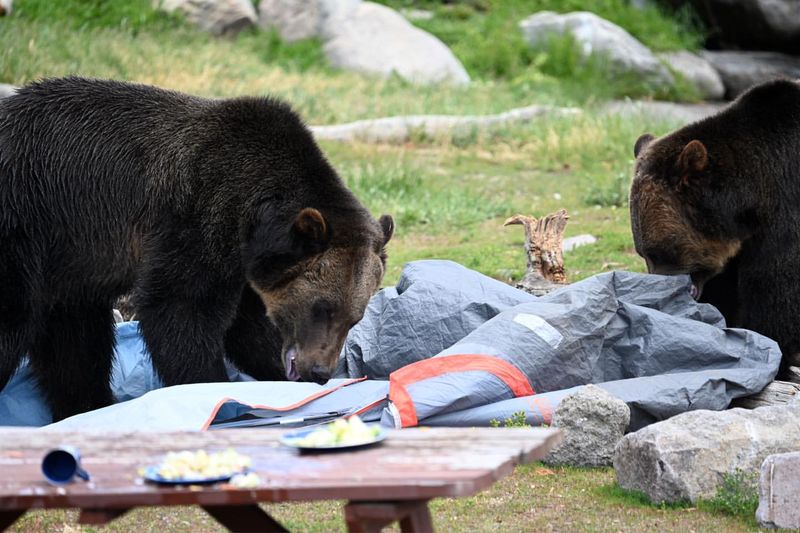
Start by choosing a campsite location away from natural bear food sources like berry patches or salmon streams.
Next, focus on food storage. Use bear-proof containers or hang food at least 10 feet off the ground and 4 feet away from any tree trunk.
Lastly, maintain a clean campsite by properly disposing of all garbage and avoiding the use of scented products. The goal is to leave no trace that could attract bears, ensuring both your safety and the well-being of the local bear population.
6. Reading Bear Tracks
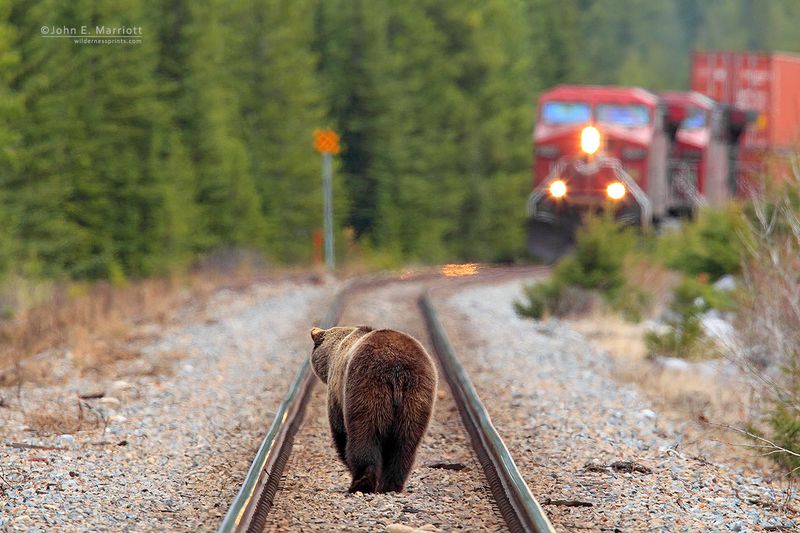
Their size and shape vary between species, with grizzly tracks being larger and showing noticeable claws, while black bear tracks are smaller with less prominent claws.
By examining tracks, you can determine the direction a bear is heading and estimate its size, which can give clues to the bear’s age and potential behavior. Fresh tracks that lead towards your location might indicate a bear is nearby, prompting you to change direction or become more vigilant.
7. Recognizing Bear Sounds
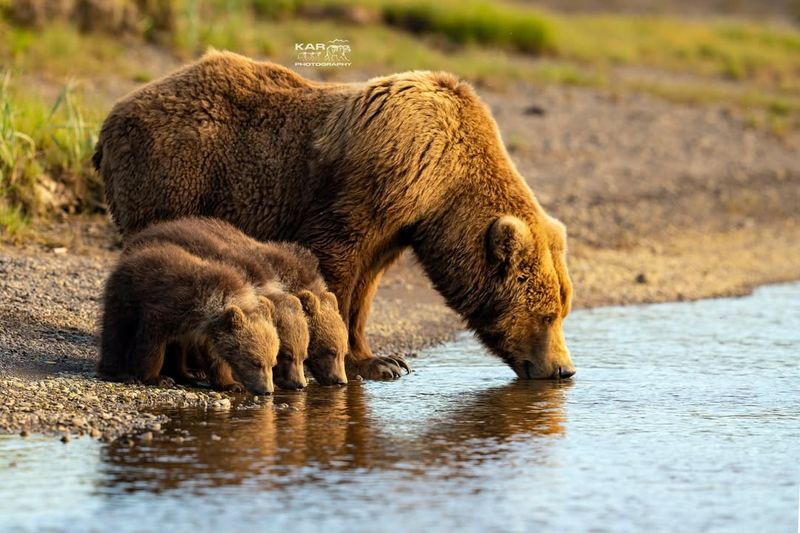
Bears communicate through a variety of sounds, each conveying different intentions. Recognizing these vocalizations is crucial for assessing potential threats in the wild.
A bear’s growl is a clear warning sign, indicating that the bear feels threatened or is protecting its young. In such cases, slowly back away while facing the bear, avoiding sudden movements.
Huffing and popping sounds made by bears signal agitation. This is often accompanied by swaying or paw stamping.
8. Understanding Bear Diets
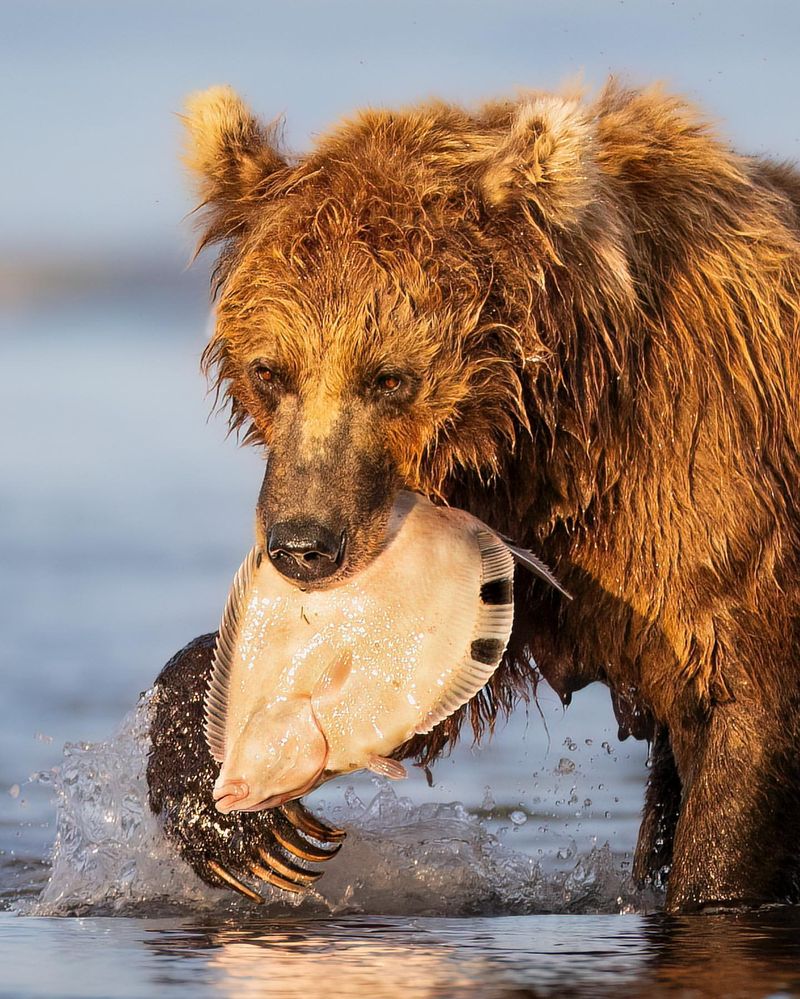
Bears are opportunistic feeders with diverse diets that vary by species and season. Understanding these dietary habits can help predict bear behavior and avoid unwanted encounters.
Grizzly and black bears are omnivorous, consuming a mix of vegetation, insects, fish, and small mammals. During berry season, they often frequent areas with abundant fruiting plants.
9. Encountering A Bear: Dos And Don’ts
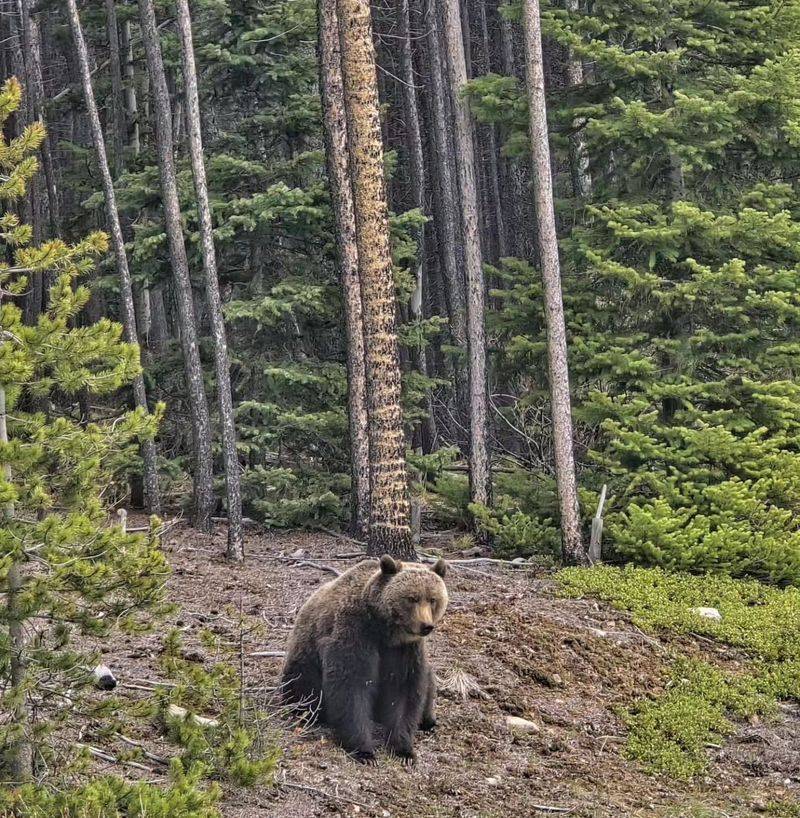
Encountering a bear can be a daunting experience, but knowing the right actions can make all the difference. The first rule is to remain calm. Bears are often curious and may stand on their hind legs to get a better view, which is not necessarily a sign of aggression.
Do not run or make sudden movements, as this can trigger a chase response. Instead, slowly back away while facing the bear, speaking in a calm and assertive voice. If you’re in a group, stay together to appear larger and more intimidating. Avoid direct eye contact, as this can be perceived as a challenge by the bear.
10. Avoiding Bear Encounters
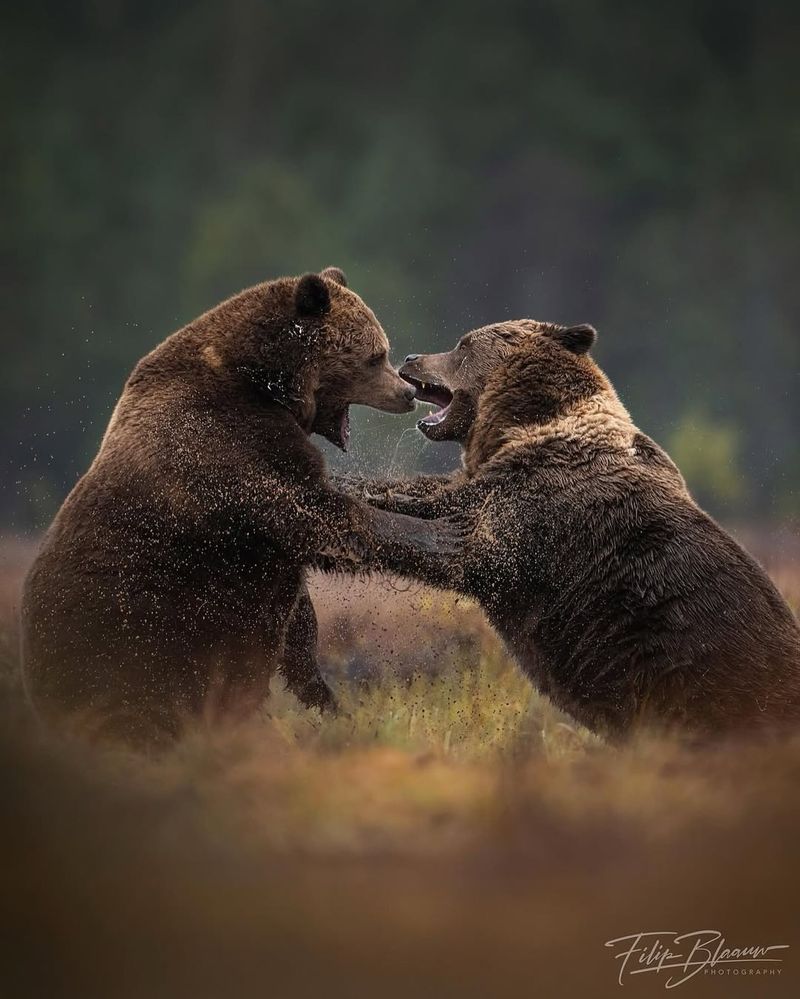
Avoiding bear encounters starts with awareness and prevention strategies. Always hike in groups, as bears are less likely to approach multiple humans.
Make noise regularly, especially in dense areas, to alert bears of your presence and reduce surprise encounters. Bells, clapping, or speaking loudly can be effective.
11. Knowing Bear Warning Signs
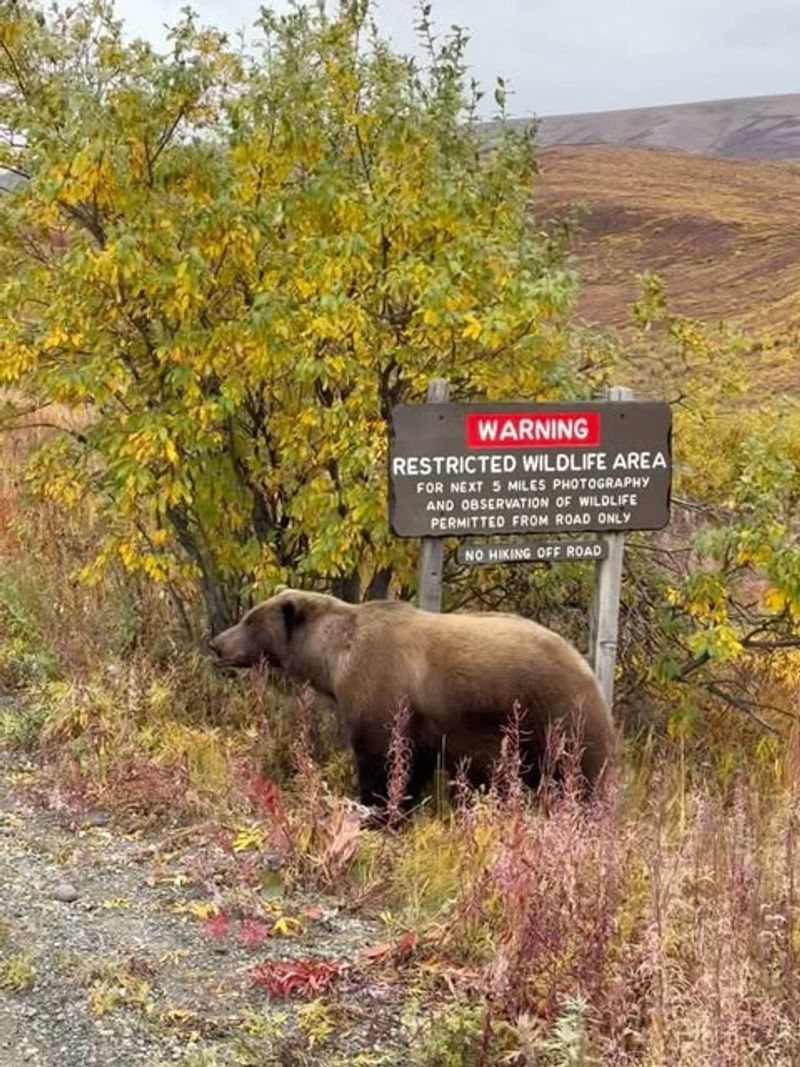
These signs indicate a bear’s discomfort or aggression, allowing you to respond appropriately. Growling or roaring are clear indicators of a bear feeling threatened. In such cases, it’s crucial to back away slowly while maintaining a calm demeanor.
Standing on hind legs is often misunderstood as a sign of aggression. However, bears do this to get a better view of their surroundings. While not immediately threatening, it suggests the bear is curious and assessing your presence. Giving the bear space and avoiding sudden movements is key.
12. Bear Habitat Awareness
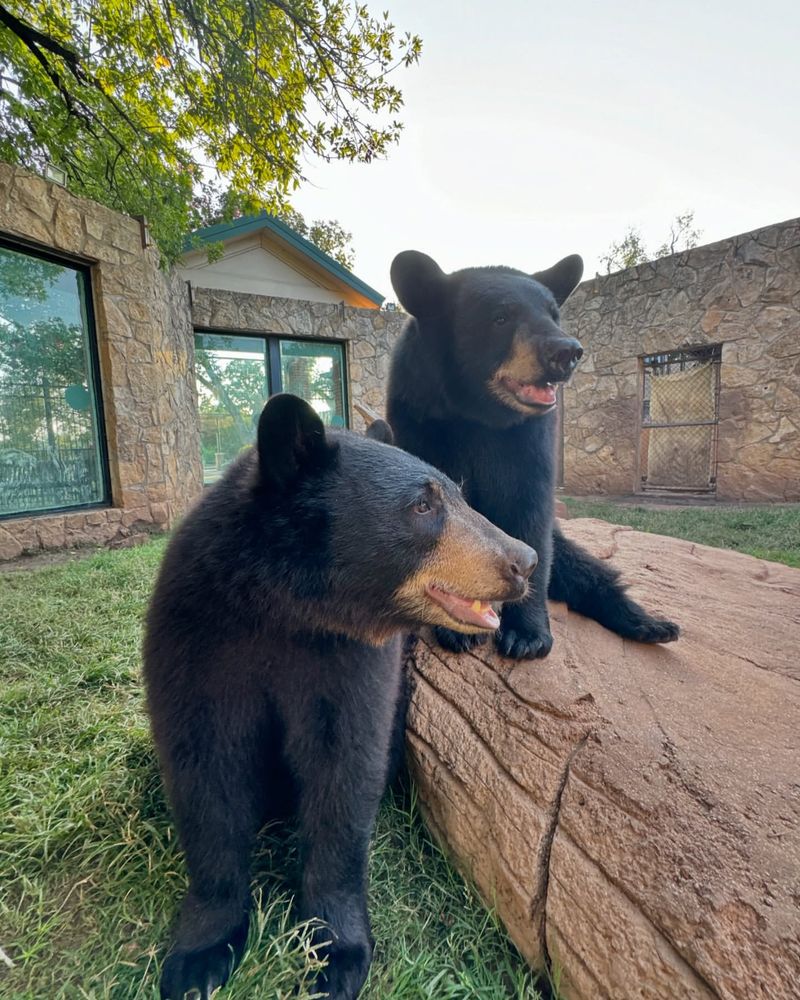
Being aware of bear habitats is crucial for anyone exploring the wilderness. Bears inhabit various ecosystems, each offering unique challenges and opportunities for encounters. Grizzly bears are typically found in mountainous and forested regions, often near rivers or streams where food is plentiful.
Black bears are highly adaptable, residing in forests, swamps, and even suburbs. Polar bears, on the other hand, are confined to Arctic tundras and rely heavily on sea ice for hunting.
13. Understanding Bear Hibernation

During the winter months, bears enter a state of dormancy, significantly reducing their activity and metabolic rate. Understanding this process can aid in planning safe outdoor activities.
While hibernating, bears do not eat, drink, or defecate, relying on stored body fat for energy. Disturbing a hibernating bear can be dangerous, as they may react defensively. It’s essential to avoid known denning areas during winter excursions to prevent accidental encounters.
14. Safe Food Storage Techniques
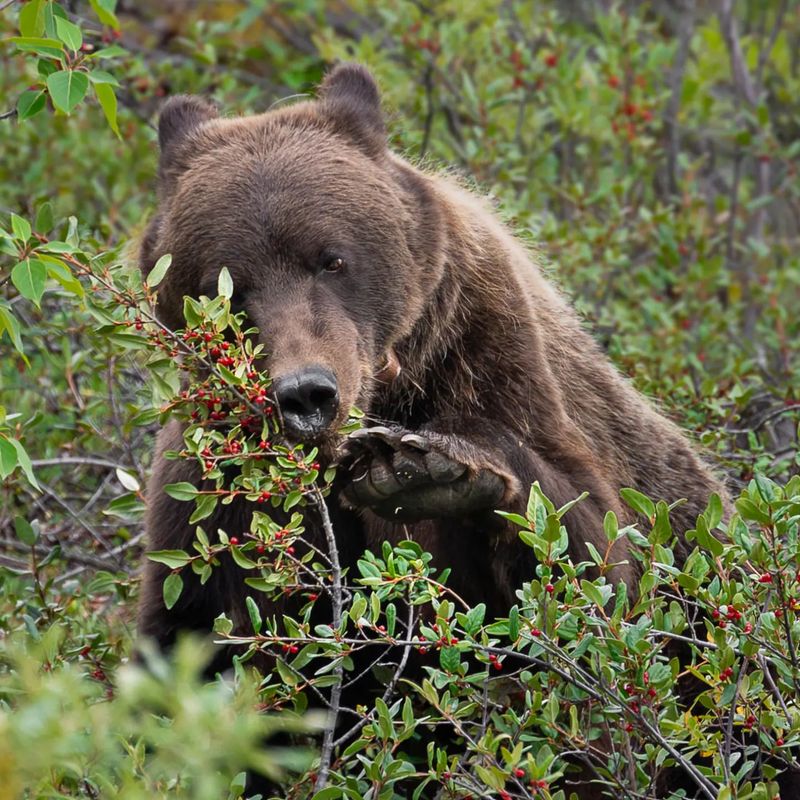
Proper food storage is critical in bear country to prevent attracting these animals to campsites. Bears have an excellent sense of smell, and even a small amount of food can draw them from miles away. Using bear-proof containers is one of the most effective ways to store food safely.
Additionally, hanging food at least 10 feet off the ground and 4 feet away from tree trunks can deter bears. Cooking and eating should be done away from sleeping areas, and all food scraps and waste should be cleaned and stored immediately.
15. Responding To Bear Charges
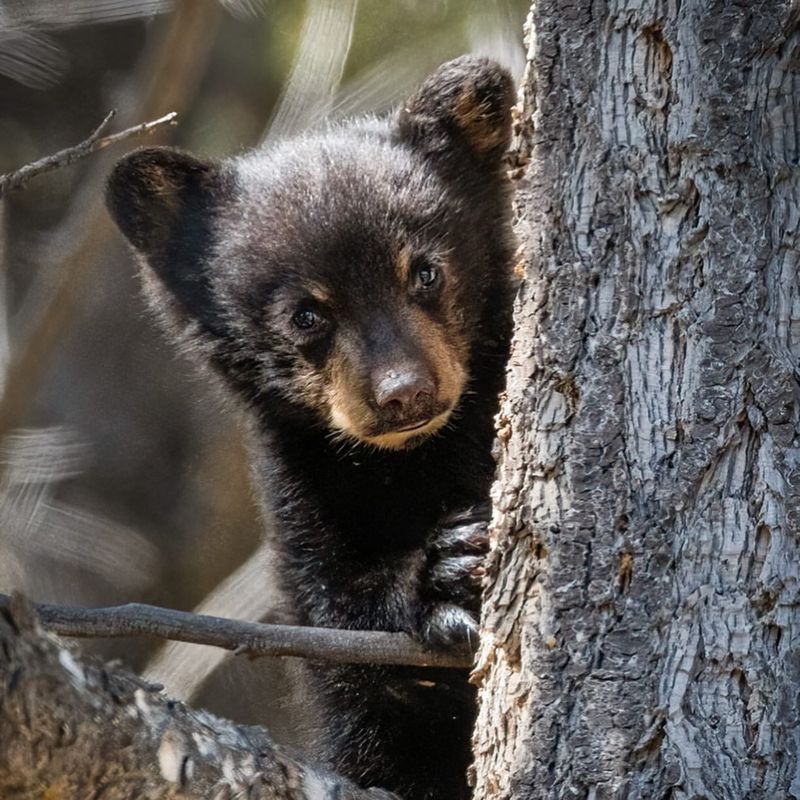
A charge can be either a bluff or a real attack, and understanding the difference can make all the difference.
In case of a bluff charge, the bear might stop short or veer off at the last moment. The key is to remain calm, stand your ground, and be prepared to use bear spray.
Shouting in a firm voice can also deter the bear. If a charge is real and the bear makes contact, playing dead, specifically with grizzly bears, can sometimes prevent further aggression.
16. Bear Safety On The Move
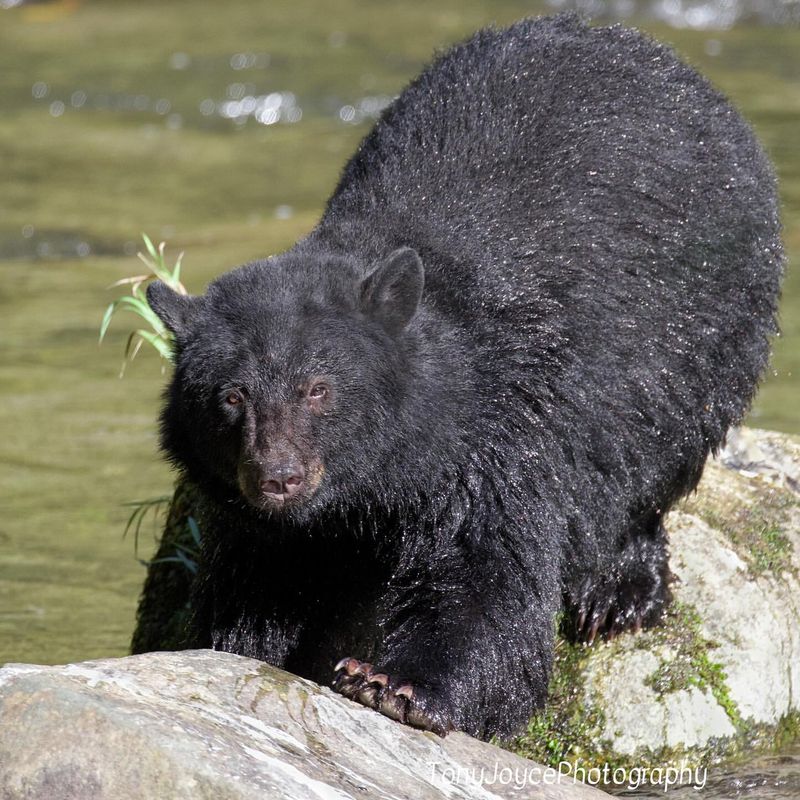
Always hike in groups, as numbers can deter bears from approaching. Make noise regularly to alert bears of your presence, reducing surprise encounters which can lead to aggression.
When moving through dense vegetation or near food sources, stay alert for signs of bears like tracks or scat. Carry bear spray and know how to use it effectively. Keeping it accessible ensures you can respond quickly in case of an encounter.
17. Using Noise And Visual Deterrents
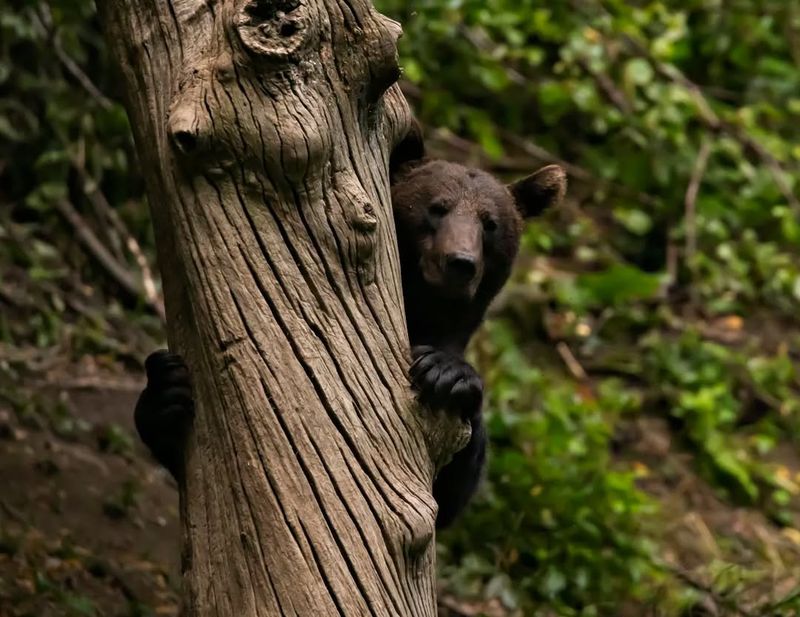
One of the most effective ways to discourage a bear from approaching is by using noise and visual deterrents. Bears are often wary of human presence, and loud sounds or sudden movements can make them think twice about getting closer.
To create noise, try shouting, clapping, banging pots, or using an airhorn. Waving your arms, holding up an object like a jacket, or using a flashlight can also serve as visual deterrents, making you appear larger and more intimidating.
18. Bear Awareness For Kids
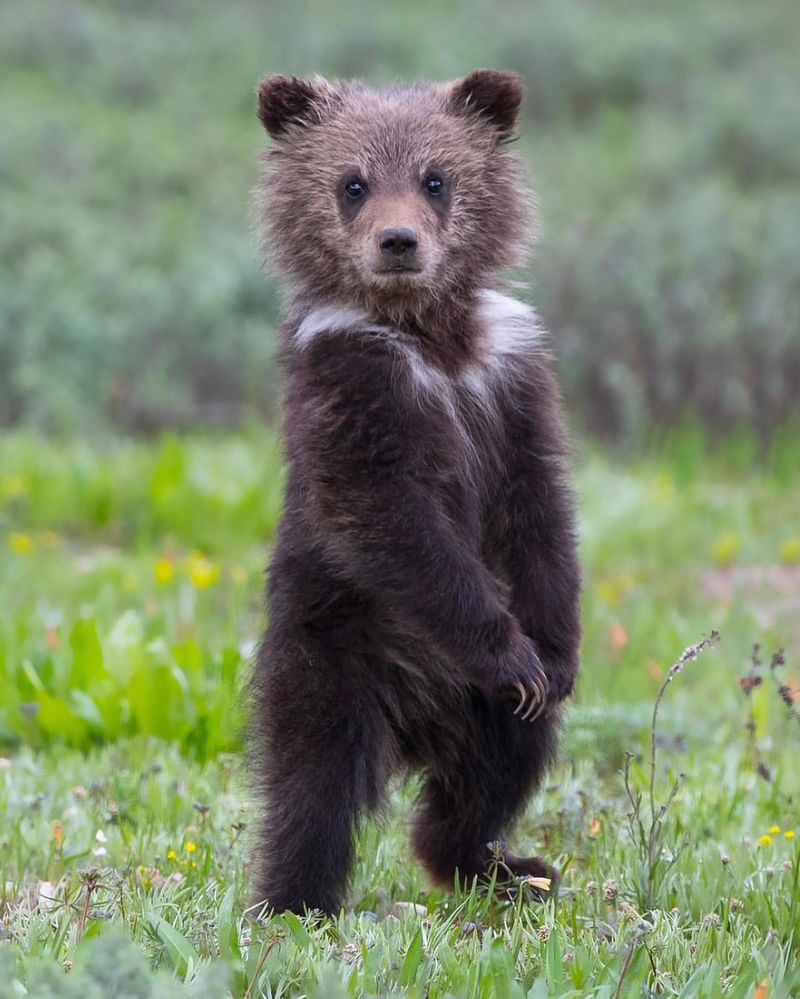
Teaching children about bear safety is vital for families exploring the wilderness. Kids should be taught to stay close to adults and avoid wandering off alone. Making noise during hikes, such as singing or talking loudly, can help alert bears to your presence and prevent surprise encounters.
Additionally, children should know how to recognize bear warning signs and understand the importance of not running if they see a bear. Playing games that simulate bear encounters, like “freeze” when spotting a bear, can help reinforce these lessons in a fun and engaging way.
19. Cultural Perspectives On Bears
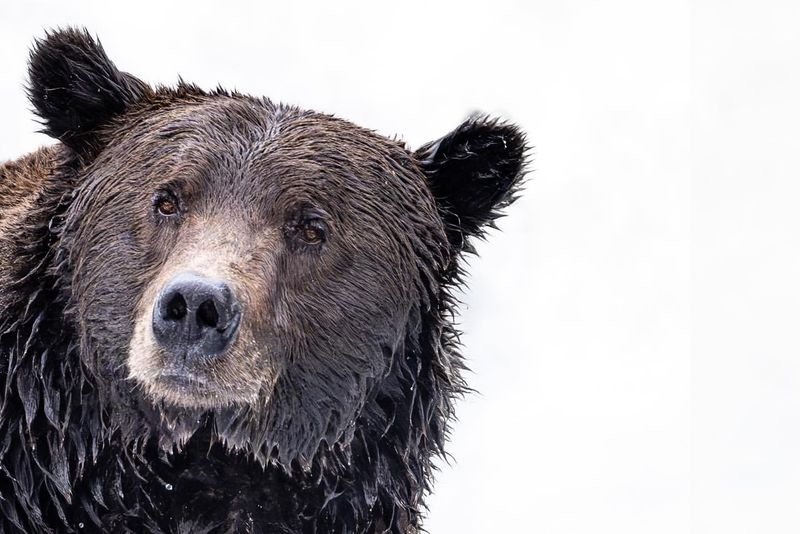
Bears hold significant cultural symbolism across various societies, representing strength, courage, and introspection. Understanding these perspectives can enrich your appreciation for these magnificent creatures and foster a deeper respect for their role in nature.
In indigenous cultures, bears are often seen as powerful spiritual beings, symbolizing wisdom and protection. Many Native American tribes revere the bear as a sacred creature, with stories and rituals celebrating its strength and connection to the earth.
20. Stay Calm
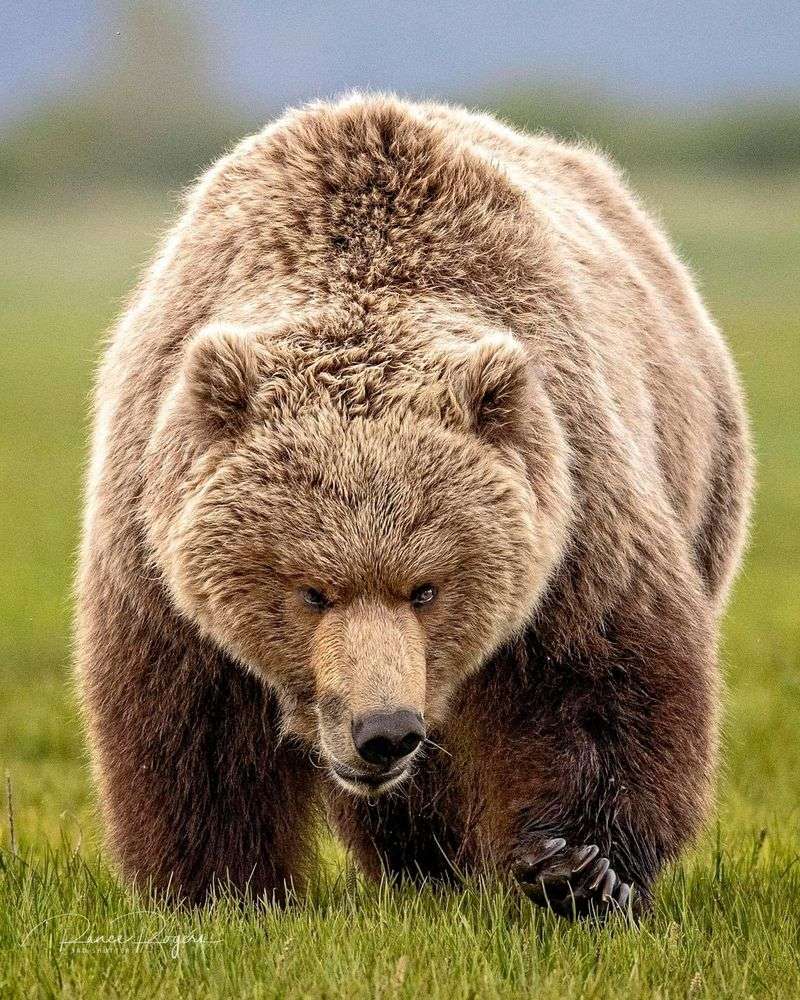
When encountering a bear, it’s essential to remain as calm as possible. Bears can sense fear and may react aggressively if they detect panic or sudden movements. If you find yourself face-to-face with a bear, try to take deep breaths and stay as still as possible.
Speak calmly and firmly, maintaining eye contact without staring aggressively. Avoid direct, sudden actions, such as turning your back or running, as this could trigger a chase response. Slowly and calmly back away while facing the bear.
21. Bear Conservation Efforts
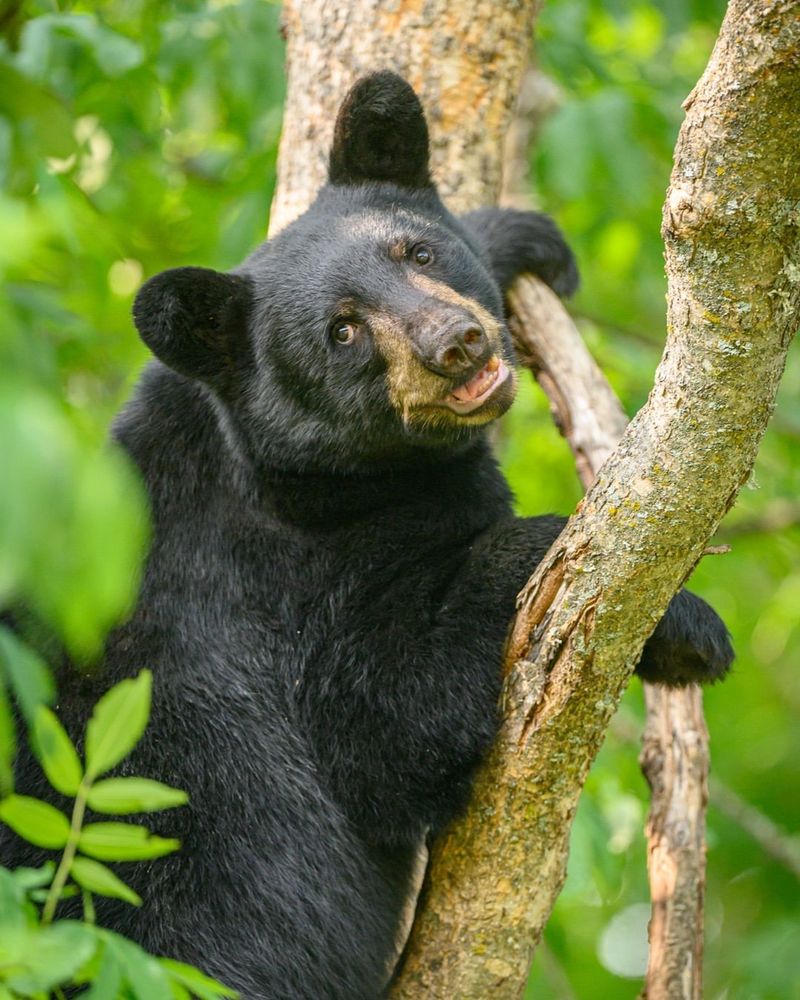
Bear conservation is crucial for maintaining ecological balance and biodiversity. Various efforts are underway globally to protect bear habitats and populations. These initiatives include habitat restoration, anti-poaching measures, and public awareness campaigns.
Restoration projects aim to rehabilitate degraded habitats, ensuring bears have access to food and shelter. Anti-poaching laws and patrols work to prevent illegal hunting and trading of bears, which significantly threaten their populations.

